A graphic design resume is not just a summary of your work experience; it is a visual representation of your creativity, skills, and design expertise. As a graphic designer, your resume should be a masterpiece that showcases your unique style and demonstrates your ability to communicate visually. This article will provide you with a step-by-step guide on how to write a compelling graphic design resume that captivates potential employers and sets you apart from other candidates.
Table of Content:
- Introduction
- Understanding the Purpose of a Graphic Design Resume
- Research and Customization
- Choosing the Right Format
- Design and Layout
- Crafting a Standout Summary/Objective Statement
- Highlighting Relevant Skills
- Showcasing a Strong Portfolio
- Detailing Work Experience and Projects
- Including Relevant Education and Certifications
- Emphasizing Awards, Recognition, and Professional Affiliations
- Incorporating Visual Elements
- Tailoring for Different Graphic Design Specializations
- Proofreading and Final Touches
- Conclusion
Understanding the Purpose of a Graphic Design Resume
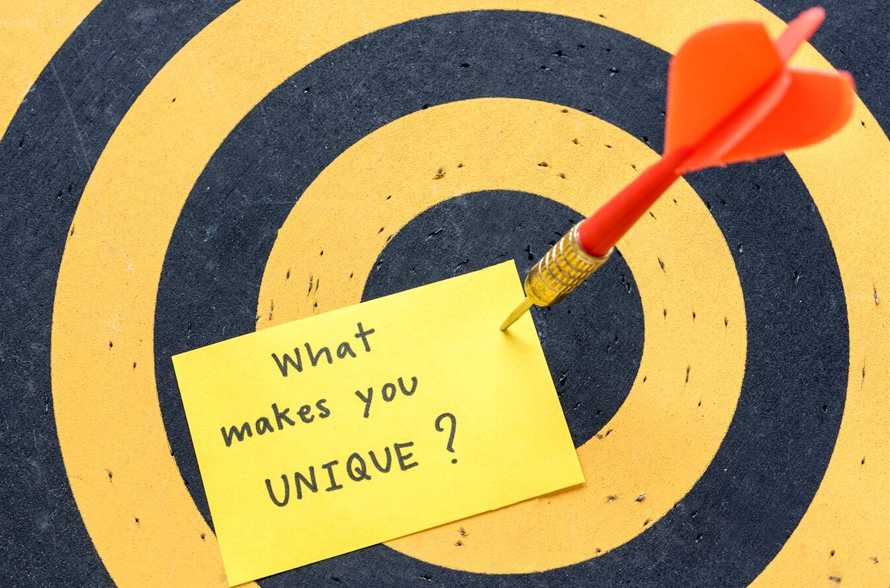
In this section, we’ll discuss the unique purpose of a graphic design resume and why it differs from traditional resumes. We’ll explore how your resume should serve as a showcase of your design skills and aesthetics, while also conveying your professionalism and suitability for the role.
A graphic design resume is more than just a list of jobs—it’s a visual and narrative representation of your creative journey. Unlike traditional resumes, it must not only communicate skills and experience but also demonstrate your design sensibilities at a glance. Recruiters and clients want to see how you think visually, solve problems creatively, and execute designs with precision. This document should highlight your ability to craft compelling visual stories, showing that you understand aesthetics, branding, and user engagement. It’s your first impression in the industry—make it striking, memorable, and uniquely you.
Research and Customization

To create an impactful graphic design resume, it’s crucial to research the company, industry, and specific job requirements. This section will guide you on conducting thorough research and customizing your resume to align with the company’s values, target audience, and design preferences.
Every design job has its own creative language, and your resume should speak it fluently. Researching the company, its design style, and the role’s expectations allows you to tailor your resume templates for maximum impact. If you’re applying to a modern tech company, a sleek, minimalistic approach may work best. For an artsy agency, a bold, dynamic layout could catch the eye. Customizing job descriptions, skill sets, and portfolio selections ensures your resume feels personalized rather than generic. By aligning your design sensibilities with the company’s vision, you demonstrate your adaptability and strategic thinking—traits every designer needs.
Choosing the Right Format
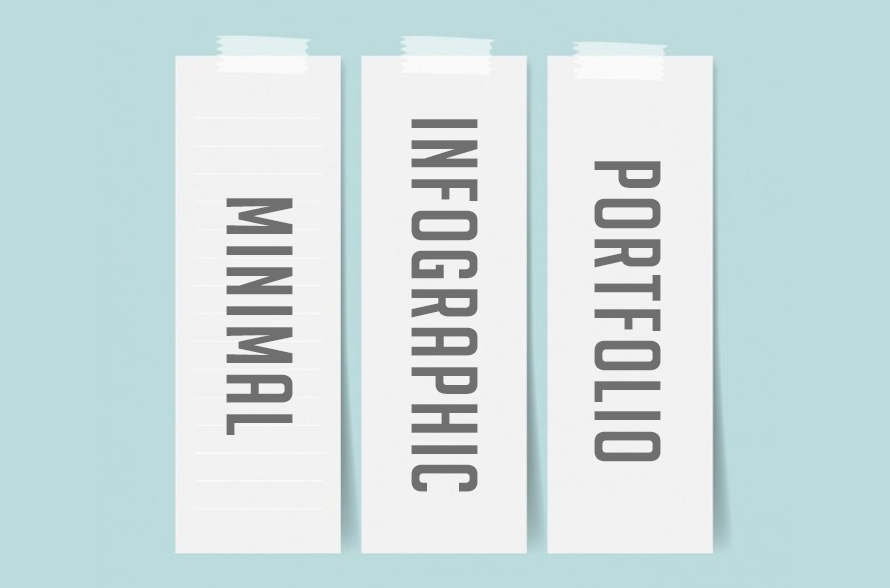
Choosing the right format for your graphic design resume can greatly enhance its visual appeal and effectiveness. We’ll discuss different formats, such as chronological, functional, and combination resumes, and explore the pros and cons of each. Additionally, we’ll provide insights into using alternative formats like minimal resume templates, infographic, or portfolio-based resumes.
The format of your graphic design resume sets the stage for how your story unfolds. A well-structured resume ensures recruiters can quickly grasp your strengths while appreciating your aesthetic skills. Common formats include chronological (for steady career growth), functional (for skill-focused storytelling), and hybrid (for balanced presentation). Additionally, designers often create interactive PDFs, digital portfolios, or even one-page websites to showcase their creativity. The right format enhances readability while subtly reinforcing your branding. Keep it clean, intuitive, and aligned with industry expectations—because even the most brilliant design needs strong usability.
Design and Layout
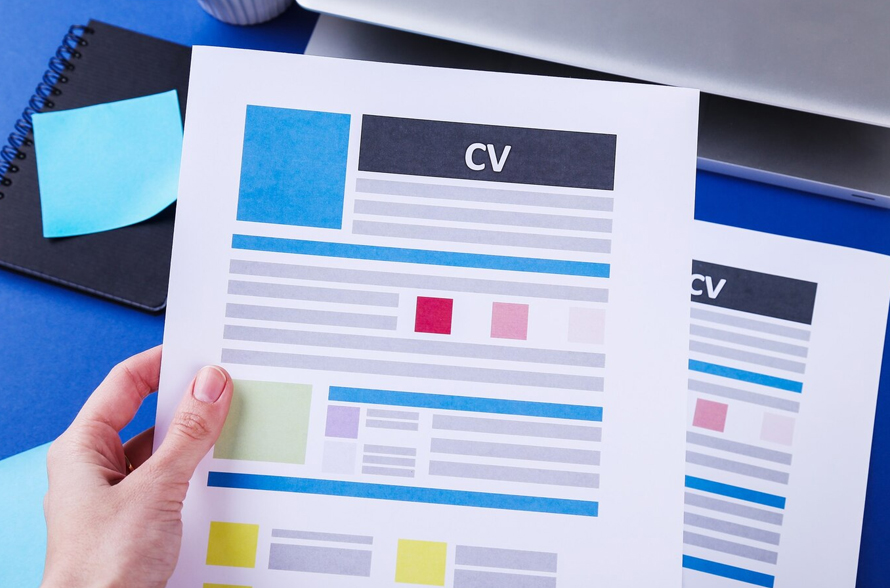
The design and layout of your resume play a pivotal role in making a strong first impression. We’ll delve into the essential design principles, including typography, color schemes, spacing, and visual hierarchy. This section will offer tips and examples to create an aesthetically pleasing and professional-looking resume.
Your resume is a design project in itself—its layout should embody the principles of balance, hierarchy, and clarity. A cluttered or overly decorative resume can detract from its purpose, while a well-organized layout draws attention to key achievements and skills. Strategic use of white space, consistent typography, and a structured grid system can improve readability. Color choices should complement, not overpower, the content. Remember, your resume isn’t just about looking good; it’s about effective communication. A thoughtful, well-composed layout ensures your resume doesn’t just get noticed—it gets remembered.
Crafting a Standout Summary/Objective Statement
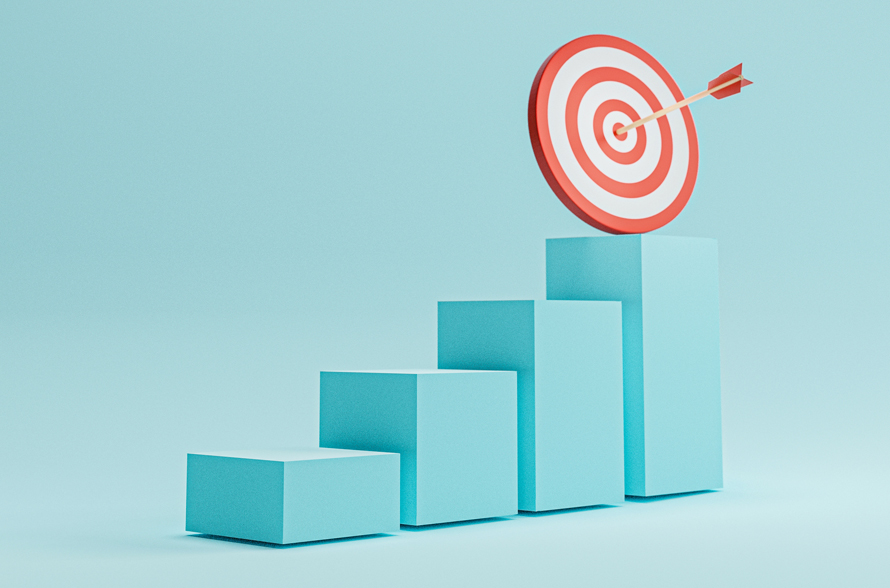
Your summary or objective statement is the hook that captures attention within the first few seconds. It should be a powerful, concise introduction to your design expertise and career aspirations. Instead of generic phrases like “passionate graphic designer,” craft a statement that reflects your unique value. For instance: “Innovative graphic designer specializing in brand storytelling, UI/UX excellence, and immersive visual experiences.” This brief but impactful statement should reflect your personality, niche expertise, and what sets you apart in the competitive design landscape.
Highlighting Relevant Skills
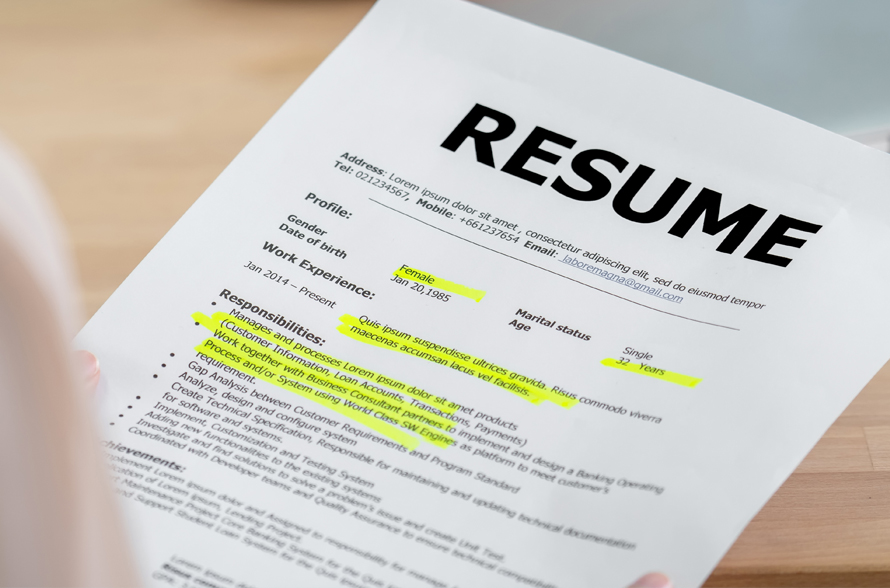
In the graphic design field, technical and soft skills are crucial. This section will guide you on how to effectively showcase your skills, such as proficiency in design software, typography, layout, illustration, and branding. We’ll discuss the importance of tailoring your skillset to match the job requirements and providing concrete examples of projects or accomplishments related to each skill.
Design is a blend of artistry and technical prowess, so your skills section should reflect both. Categorize your abilities into design software (Adobe Creative Suite, Figma, Sketch), technical skills (UI/UX design, typography, motion graphics), and soft skills (collaboration, creative problem-solving). When using Word resume templates, ensure they are formatted to highlight these skills effectively. Instead of just listing tools, briefly mention how you use them to achieve design goals. For example, “Mastered Adobe Illustrator for creating vector-based brand identities that increase user engagement.” This approach makes your skills more dynamic and results-driven.
Showcasing a Strong Portfolio
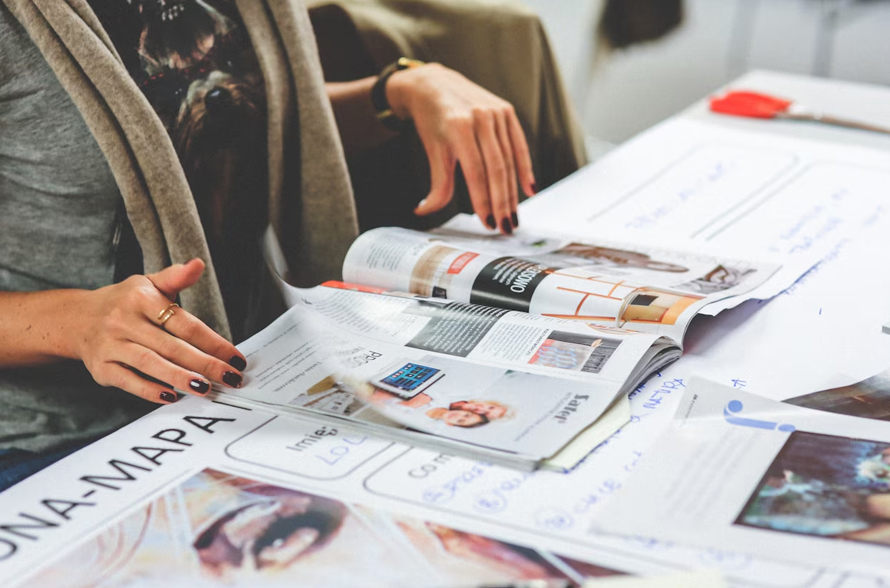
A graphic design resume should always be accompanied by a portfolio that demonstrates your design capabilities. We’ll provide guidance on creating a visually appealing and well-organized portfolio, whether it’s in the form of a website, PDF, or physical samples. This section will cover portfolio presentation, selection of projects, and how to effectively integrate it with your resume.
Your portfolio is the heart of your application—it visually proves your talent. Include a section in your resume that links directly to your best work, whether it’s on Behance, Dribbble, or your personal website. Choose diverse projects that highlight different strengths, from branding to digital design. If possible, add brief descriptions of each project, detailing your role, challenges faced, and the impact of your work. A compelling portfolio doesn’t just show what you’ve done—it tells a story of creativity, strategy, and execution.
Detailing Work Experience and Projects
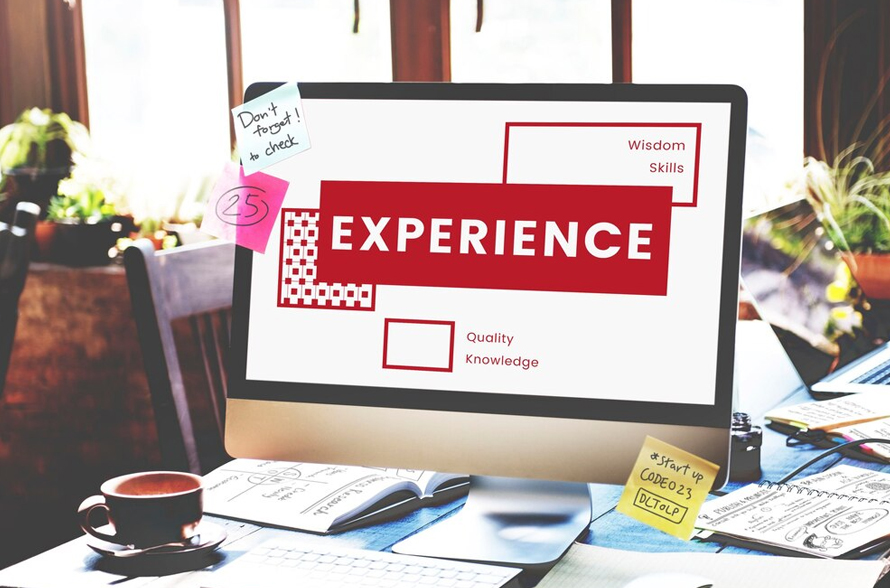
Your experience section should do more than list job titles—it should narrate your design evolution. When using professional resume templates, ensure they highlight impact: how did your work improve brand identity, user experience, or engagement? Use action-driven language and quantify results where possible. Instead of “Designed marketing materials,” try “Developed a social media campaign that increased engagement by 40%.” If you’re a freelancer, showcase client projects, collaborations, and successful campaigns. Make your experience section a testament to your ability to turn ideas into visually compelling realities.
Including Relevant Education and Certifications
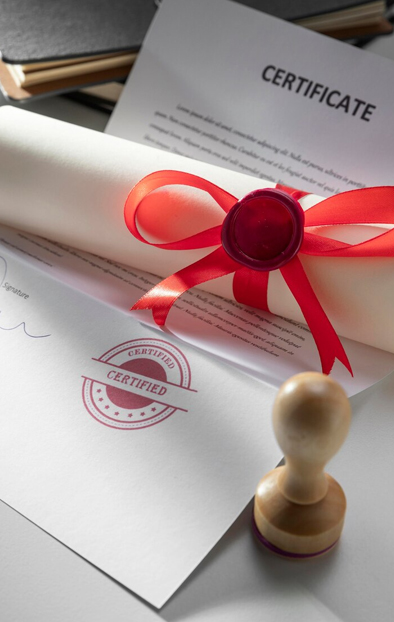
This section will focus on showcasing your educational background, relevant coursework, and certifications. We’ll provide insights into what information to include and how to present it in a visually appealing manner. We’ll also discuss the importance of continuing education and professional development in the graphic design field.
Formal education and certifications add credibility to your expertise. Whether you have a degree in graphic design, digital media, or fine arts, highlight it along with relevant coursework. However, in the fast-evolving design industry, continuous learning is key. Certifications in UX/UI design, motion graphics, or AI-driven design tools can boost your resume. If you’ve attended workshops, online courses, or industry-specific training, mention those too. The goal is to show that you’re not just trained—you’re constantly evolving with design trends.
Emphasizing Awards, Recognition, and Professional Affiliations

Graphic design is a competitive field, and highlighting awards, recognition, and professional affiliations can set you apart from other candidates. We’ll discuss the best way to showcase these achievements and demonstrate your commitment to excellence and industry involvement.
Awards and recognitions validate your excellence in design. If you’ve won competitions, received industry accolades, or had your work featured in design magazines, showcase it. This instantly adds credibility and distinguishes you from other applicants. Incorporating these achievements into a modern resume design ensures they stand out visually. Additionally, memberships in organizations like AIGA, the Graphic Artists Guild, or local design collectives signal professional engagement. Even contributions to open-source design communities or mentorship programs demonstrate your active role in the industry. These details make your resume more than just a list—they make it a testament to your impact.
Incorporating Visual Elements
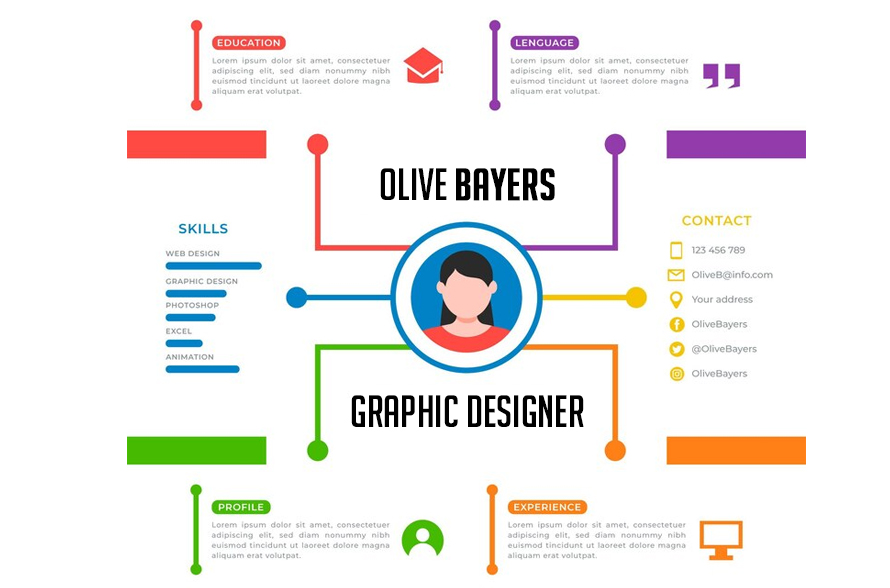
As a designer, your resume shouldn’t just talk about your creativity—it should visually reflect it. Well-chosen typography, subtle color accents, and a structured layout can enhance readability while showcasing your aesthetic sense. Keeping up with visual trends can help you craft a resume that feels contemporary and engaging. However, avoid over-designing—too many graphic elements can make it look cluttered. Consider infographics to display skills, minimalist icons for sections, or a creative monogram as a personal touch. Interactive or digital resumes (PDFs with embedded links or personal portfolio sites) can also create an engaging experience. The key is to balance style with professionalism.
Tailoring for Different Graphic Design Specializations
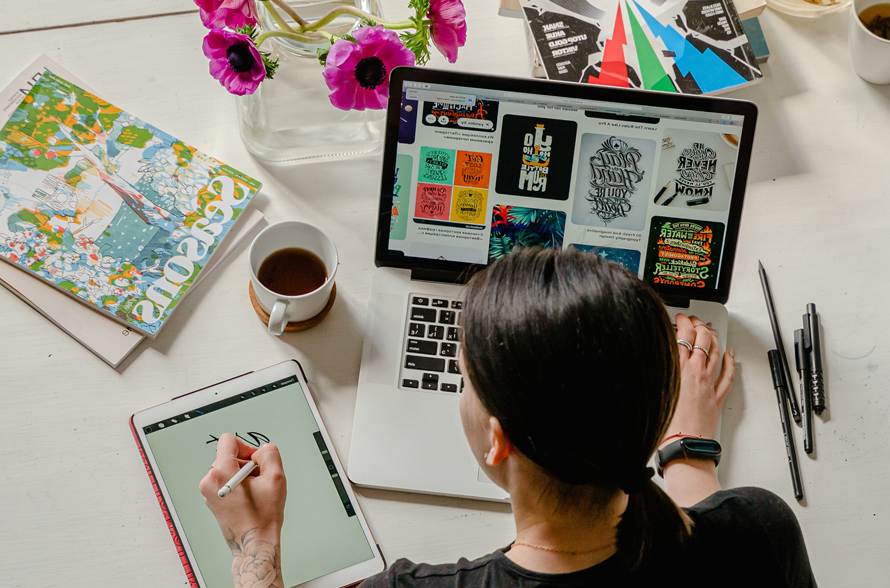
Graphic design encompasses various specializations, such as branding, web design, illustration, or motion graphics. This section will provide insights on tailoring your resume to specific design specializations. We’ll discuss the key skills and experiences to highlight for each specialization and provide relevant examples.
Graphic design spans multiple disciplines, from branding and illustration to UI/UX and motion graphics. A one-size-fits-all resume won’t work for every opportunity. If you’re applying for a UX role, highlight wireframing, user research, and interface design. For a branding position, emphasize logo design, visual identity, and storytelling, using brand guidelines templates to showcase consistency and strategy. Tailor your portfolio and skillset accordingly. Having different resume versions optimized for various specializations ensures you always present yourself as the perfect fit for the job.
Proofreading and Final Touches
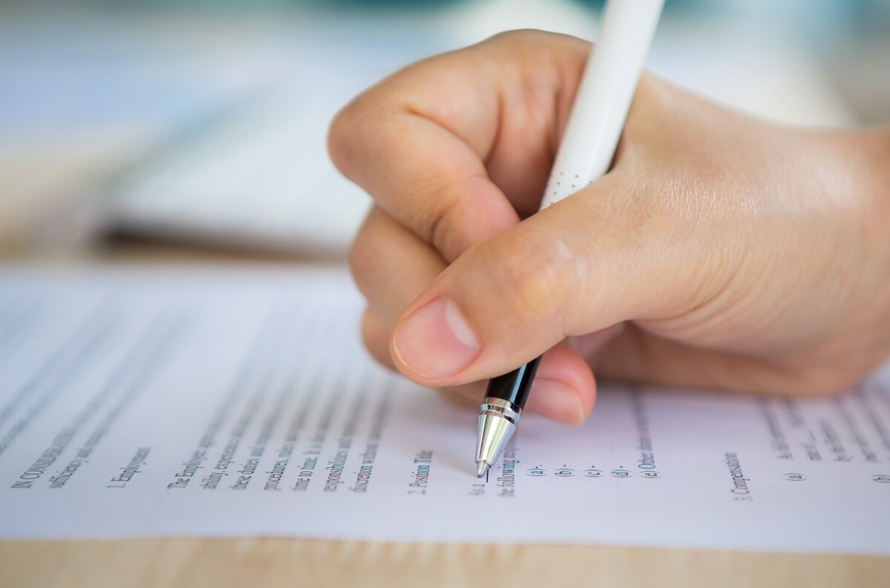
Even the most stunning resume loses credibility if it has typos or inconsistencies. Before sending it out, proofread thoroughly for grammar, spelling, and formatting issues. Use a second pair of eyes—whether it’s a fellow designer, a mentor, or an AI proofreading tool—to catch errors. Check alignment, spacing, and consistency in fonts and colors. Ensure all links (portfolio, LinkedIn, website) are functional. A final polish ensures your resume reflects the precision and attention to detail expected from a top-tier designer.
Conclusion
Crafting an impressive graphic design resume requires a strategic balance between visual aesthetics and professional content. By following the guidelines and tips provided in this comprehensive guide, you can create a standout resume that reflects your unique design style, demonstrates your skills and achievements, and captivates potential employers. Remember to infuse creativity, tailor your resume to the job requirements, and continually update and refine it as you progress in your graphic design career. With a well-crafted resume, you’ll increase your chances of securing the attention of employers and landing the graphic design job of your dreams.
To make the process even easier, check out the best professional resume templates designed specifically for graphic designers. These templates offer sleek, modern layouts that highlight your expertise while maintaining a clean and professional appearance. Using a high-quality template ensures your resume stands out in a competitive job market, helping you make a lasting impression on potential employers.
(Visited 1 times, 1 visits today)